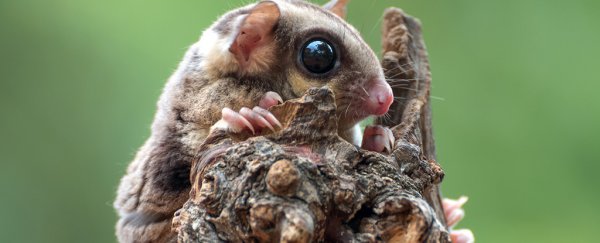Materials, Vol. 16, Pages 7348: Influence of Photoinitiator Type and Curing Conditions on the Photocuring of Soft Polymer Network
Materials doi: 10.3390/ma16237348
Authors: Malwina J. Niedźwiedź Gokhan Demirci Nina Kantor-Malujdy Miroslawa El Fray
The presented work deals with the photocuring of telechelic macromonomers derived from plant-based fatty acids to obtain a soft polymer network. Compositions were made by mixing macromonomers with three different concentrations (0.5, 1, and 2%) of two type I photoinitiators (Omnirad 2022 and Omnirad 819). All formulations were then subjected to photopolymerization studies by applying UV-assisted differential scanning calorimetry (UV-DSC) measurements at isothermal conditions at 37 °C with a narrow light source wavelength of 365 nm and irradiation (light intensity) of 20 and 50 mW/cm2. The percentage conversions, reaction orders, and constants were estimated based on autocatalytic Sestak–Berggen and Avrami models. In this work, for the first time, the influence of the curing conditions on the photopolymerization process, such as the photoinitiator concentration, light intensity, and oxygen presence/absence, were investigated for these novel systems. The results indicated significant differences between the two commercially available photoinitiators and their effects on photopolymerization kinetics. The maximum reaction rate was found to be considerably higher for Omnirad 2022 (which is a blend of three different compounds), especially at a lower light intensity, i.e., 20 mW/cm2, compared to Omnirad 819. However, it led to lower maximum conversion in an air atmosphere. The dynamic thermomechanical analysis (DMTA) revealed that light intensity, photoinitiator concentration, and oxygen presence had a strong effect on the storage modulus and loss modulus values. It was concluded that the chemical structure of the photoinitiator and curing conditions had a strong effect on the photopolymerization kinetics and properties of the prepared soft polymer networks.

 5 months ago
21
5 months ago
21

